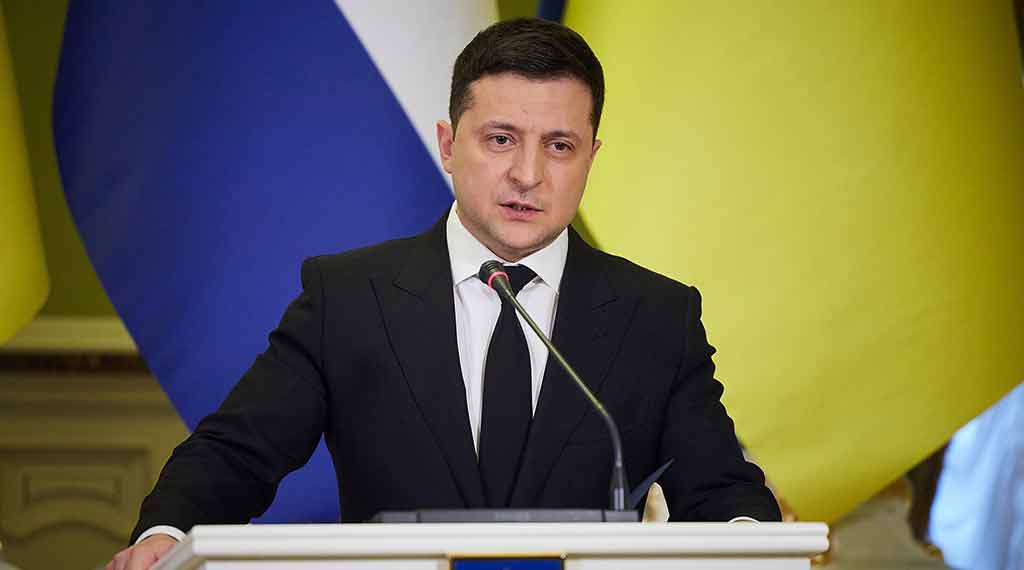
There is a growing consensus that the West (meaning the United States with the help of the UK) wants to replace Ukraine’s president, Volodymyr Zelensky.
My friend and colleague Larry Johnson thinks the CIA and MI6 in the UK are already setting the stage. Either Zelensky will be forced to call a Presidential election, scheduled for next March, and then be replaced, or, if he resists, he will be replaced anyway in a Maidan-style upheaval.
The US has pushed changes in Ukraine’s leadership before, and the current State Department undersecretary, Victoria Nuland, was behind the earlier operation. A 2014 phone call between Nuland and the then-US ambassador to Kiev, Geoffrey Pyatt, was intercepted and the content of the call was leaked to the press.
The call is interesting because Nuland and Pyatt were selecting an “acceptable” presidential candidate for Ukraine, and they enlisted then-Vice President Joe Biden to help. Note that along with Biden, Jake Sullivan, then and now Biden’s national security advisor, was also enlisted in selecting Ukraine’s next President.
(Republicans in Congress for several years have been investigating Biden’s son Hunter’s activities in Ukraine. They have alleged – so far without finding proof – that Biden himself intervened to protect his son’s business ties there and ties of his own.)
Not an independent country
It is reasonable to say that Ukraine is hardly an independent country. Today the US not only provides military support, but it also pays the salaries of government officials and for Ukraine’s military, including even money for pensions.
The same three American players – Biden, Sullivan and Nuland – are again deciding about Ukraine. Why would these three be willing to jettison Zelensky?
Washington has let it be known through controlled leaks that its carefully orchestrated plan for Ukraine’s counter-offensive was not followed by Zelensky. Working in opposition to his own generals – both Zaluzhny and the more-silent Syrskyi – Zelensky decided to renew military operations trying to take back Bakhmut, which had been lost after the Russian Army and Prigozhin’s Wagner forces had driven the Ukrainians out of the city.
The effect of trying to fight Russia on a much wider front meant that the impact of the battle in the south, centered primarily around the so-called Bradley Square area of Zaphorize, was diluted by committing some of Ukraine’s best forces to Bakhmut and other fronts in Donetsk.
But there is even more. Washington’s goal in the offensive was to set the stage for forcing Russia into a deal on Ukraine. By breaking through the so-called Surovikin defense-in-depth, Ukraine’s army would threaten Crimea. (Take note: There are many articles in the US and European press claiming Ukraine was successful in breaking the Surovikin defense line. These stories are pure propaganda.)
- Trump and Ukraine: what Russia wants, what Trump could do - November 8, 2024
- North Korean troops in Kursk could backfire on Moscow, Pyongyang - November 1, 2024
- Secure enclaves: bad CHIPS Act idea wasting billions - August 12, 2024
